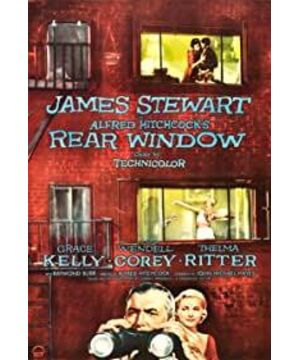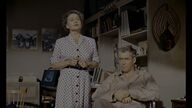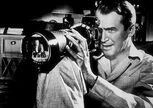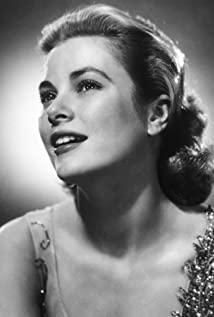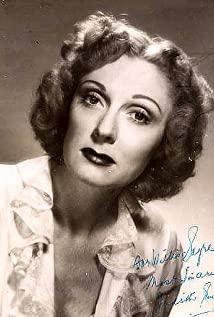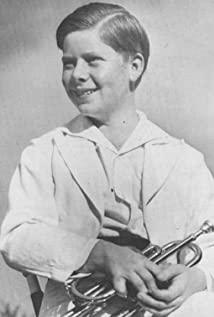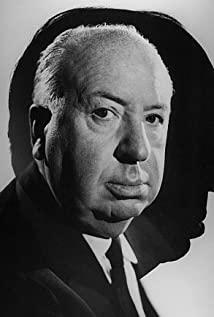Almost all big-name directors have their own style, but how is the style formed? Zhang Yimou’s red, Feng pants-style humor in Feng’s film, Wong Kar-wai’s clock and mirror, and the soundtrack of Joe Hisaishi in Hayao Miyazaki’s film. . . . . The style of the movie is made up of some usual symbols.
"Rear Window" is Hitchcock's masterpiece, and the film is almost unfolded in a closed room from beginning to end. The door was closed and the window opened. A photographer who was used to wandering around the world had to live in this closed room because of a leg injury. For such a curious soul, it's normal to have a desire for voyeurism from closure. So the story unfolded in front of the opened window: a ballet dancer who always uses graceful dances to do housework, a fat single composer, a middle-aged couple who always sleeps on the balcony and puts their puppies downstairs to play, A single lonely lady, a newly married couple who moved in, a businessman and his sick wife. The photographer understands the lives of others through peeping, guessing about their emotions, and fantasizing about participating in it and changing something.
When the curtains are opened, it is like the beginning of a movie, and the photographer is the audience. It's the same as our psychology of watching movies. Want to understand the lives of other people in the world, to comment, to guess, to feel, to be joyful, and to be angry. . .
The perfect girl Lisa falls in love with the photographer, but will two completely different lives change because of love? In the process of participating in the lives of others, the two people begin to identify and assist each other out of the same reasoning, and love is heating up. As François Truffau said, all the love scenes in Hitchcock's films are made like murder scenes, and those murder scenes are like love scenes...in Hitchcock's film In the work, the themes of love and death are closely linked.
I am not a particularly patient person, and I am not very interested in suspense films. A movie confined to a closed room with fixed scenes can let me watch it with relish. It lies in the excitement of the lines and the grasp of the details. I like the ending. The photographer hurts both legs and Lisa lies quietly beside him. The perfect girl who claims to never wear the same skirt twice replaced the 3-inch high heels with plain ones. Flat heels and clothes look like female reporters of that era. She flipped through a photographic magazine boringly, and then quietly switched to Harper’s Bazaar and read it excitedly. It seems to imply that Lisa wants to change her life, and after the photographer's legs are healed, she will accompany him around the world.
Why are women always willing to sacrifice more for love? Do men always insist on that? Can Lisa really gain happiness after wearing flat shoes? The audience who sits in the shadow of the back window and peers into this love can't help but guess. I kind of miss that Lisa who took her beautiful pajamas and silk shoes to her lover's house for the night.
View more about Rear Window reviews


